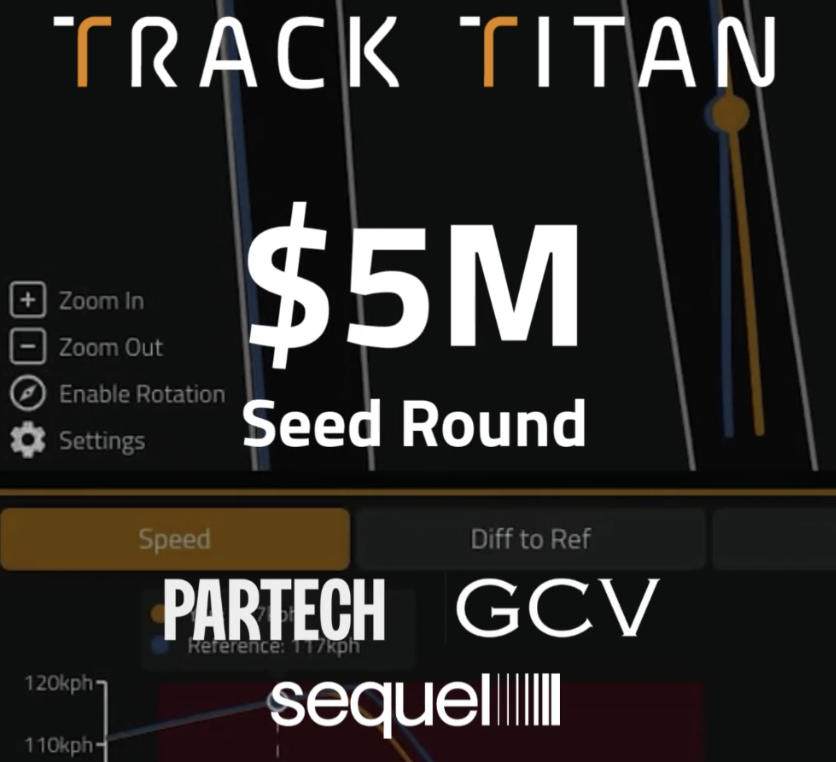Hungaroring Track Guide
Nestled in the picturesque Hungarian countryside lies one of Formula 1's most challenging circuits - the Hungaroring. With its tight corners, undulating terrain, and limited overtaking opportunities, the Hungaroring demands precision, patience, and strategic mastery from drivers. In this circuit guide, we'll delve into the characteristics of the Hungaroring, explore how different cars react to its unique challenges, and provide essential tips for conquering this iconic track.
Circuit Overview:
The Hungaroring, located near Budapest, is a 4.381-kilometer (2.722-mile) track known for its twisty layout and lack of long straights. Its 14 turns wind through hilly terrain, offering little respite for drivers. The track's narrow width and high number of corners make it notoriously difficult to overtake, placing a premium on qualifying performance and race strategy.
Characteristics of the Circuit:
Technical Corners: The Hungaroring is characterised by a series of tight, technical corners that require precise car control and a delicate touch on the throttle and brakes. From the sweeping Turn 1 to the challenging chicane of Turns 6 and 7, each corner presents a unique challenge to drivers.
Limited Straights: Unlike many other circuits on the Formula 1 calendar, the Hungaroring features few long straights where cars can reach their maximum speed. This means that aerodynamic efficiency and mechanical grip are paramount, as there are fewer opportunities for cars to gain a speed advantage.
Elevation Changes: The circuit's undulating terrain adds an extra layer of complexity, affecting the balance and handling of the car through various sections of the track. Drivers must anticipate these changes and adjust their driving accordingly to maintain optimal performance.
Tire Management: With its abrasive surface and numerous corners, tire wear is a significant factor at the Hungaroring. Managing tire degradation throughout the race becomes crucial, as drivers strive to maintain consistent lap times while preserving the longevity of their tires.
How Different Cars React:
High Downforce Cars: Cars with a high downforce setup tend to perform well at the Hungaroring due to the circuit's twisty nature. The additional downforce provides increased grip through the corners, allowing drivers to carry more speed and maintain better traction.
Agile Chassis: Cars with agile chassis and responsive steering excel on the tight and twisty sections of the track. Their ability to change direction quickly and precisely gives drivers a competitive edge, particularly in the intricate sequence of corners.
Engine Power: While engine power is less critical at the Hungaroring compared to circuits with long straights, a strong power unit still plays a role in acceleration out of slower corners and down the short straights. However, power must be balanced with drivability to ensure smooth power delivery throughout the lap.
General Driving Tips:
Focus on Precision: Given the technical nature of the circuit, precision is paramount. Aim for smooth, controlled inputs on the throttle, brakes, and steering wheel to maintain stability and maximise cornering speed.
Find the Racing Line: Learning the optimal racing line is crucial for achieving fast lap times at the Hungaroring. Study the circuit layout, experiment with different lines through the corners, and strive to carry as much speed as possible while staying within track limits.
Mind Tire Management: Keep a close eye on tire temperatures and degradation, especially during longer stints. Adjust your driving style accordingly to preserve tire life and avoid excessive wear, particularly on the front tires through the numerous medium-speed corners.
Qualifying Importance: Qualifying well is essential at the Hungaroring due to the limited overtaking opportunities during the race. Focus on extracting maximum performance during qualifying sessions to secure a favourable starting position on the grid.
Stay Consistent: Consistency is key to success at the Hungaroring. Avoid making costly mistakes, stay focused throughout the race, and aim for consistent lap times to maintain pressure on your competitors.
Conclusion:
Mastering the Hungaroring requires a combination of technical skill, strategic thinking, and adaptability behind the wheel. With its challenging corners, limited straights, and unforgiving terrain, the circuit presents a formidable test for drivers and teams alike. By understanding the circuit's characteristics, knowing how different cars react to its challenges, and following these general driving tips, you can maximise your performance and conquer this iconic track.


























